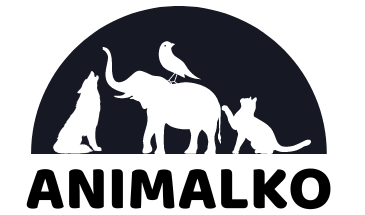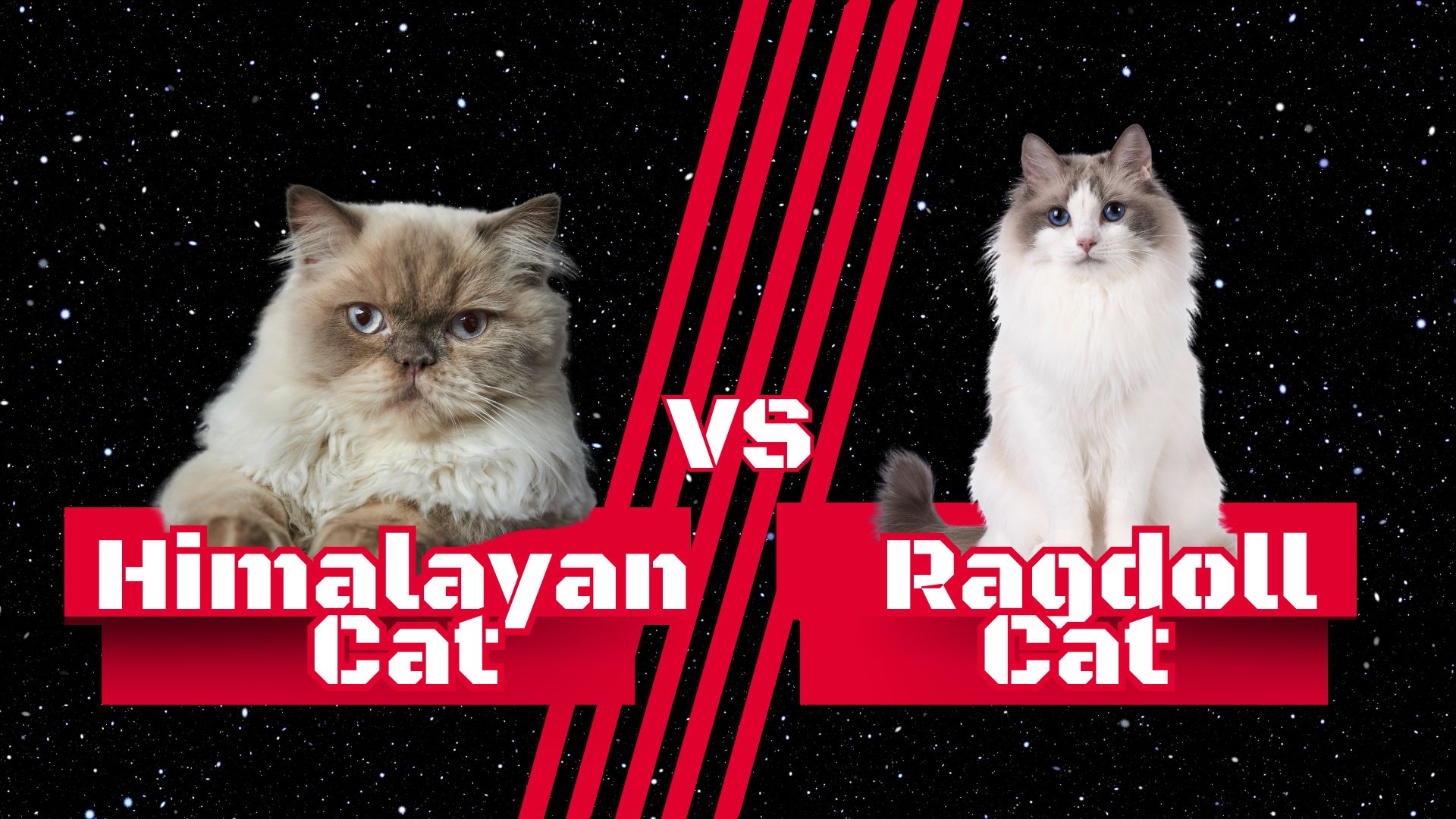Both of these breeds are very popular due to their unique looks and amazing (but different) personalities.
I completely understand why people get confused about these two breeds. On the outside, a Himalayan cat and a Ragdoll cat look almost identical!
They’re both usually white, with some parts of their face being a dark brown or black color. Their eyes really stand out, as they are usually blue and very beautiful.
But apart from the obvious appearance similarity at first glance, they have some obvious differences. Let’s see what sets them apart.
1. Ancestry & History

The Himalayan cat is “the result” of crossing a Persian cat with a Siamese cat!
They were created in the 1930s by Dr. Clyde Keeler and Virginia Cobb. They were working on cross-breeding a Persian and a Siamese cat. The first Himalayan cat was actually the fourth generation of crossbreeding the two mentioned breeds.
The name Himalayan came from a scientist who was reminded of the rabbits and goats that live in the Himalayas when considering the obtained cat.
Over the years, the Persian side was strengthened by breeding attempts, so many people tend to call the Himalayan cat a subversion of the Persian cat.
The origins of this cat breed are a bit of a mystery. Ragdoll cats are most probably “a mix” of a Birman cat, a Persian cat, and a Burmese cat.
The origin of the Ragdoll cat is relatively recent and it all started with a Californian cat-breeder named Ann Baker in the 1960s. She developed the first Ragdoll by breeding an Angora cat (called Josephine) with a seal Point Birman cat.
Then, one of the male offspring was bred with a Burmese cat, resulting in the Ragdoll cat being born.
All Ragdoll cats today are the descendants of Josephine. In the United States, every breeding Ragdoll cat can be traced back to Josephine.
Two Quick Popular Stories About The Origin Of The Ragdoll Cat
There are two stories circulating on the internet.
The first one is that Ann Baker actually “accidentally” created the Ragdoll cat since Josephine (her white Angora cat) was not purposely mated with a Birman cat.
But soon after birth, Ann noticed the litter was different from the previous litter Josephine produced, and then she continued breeding the kittens, eventually creating the Ragdoll cat we know now.
The second one is that Josephine, an Angora cat Ann Baker owned, was hit by a car and taken to the hospital, where government testing was done on the cat. After that, Josephine did not feel any pain and was very relaxed when being picked up.
The next litter Josephine produced inherited the same features. That’s why all Ragdolls now are very relaxed, calm, and gentle.
I’m sure these stories are interesting to you, but do you think they seem true?
2. Facial Features

Himalayan cats have two very distinctive facial features, which make this breed very unique-looking. They have flat faces and full cheeks.
Himalayan cats can have one of two facial variations:
• Doll-face or “traditional”
• Peke-face or “extreme”
Both doll-face and peke-face mean squashy–looking faces, but the face is more squashed (more flat) in peke-face Himalayan cats.
When it comes to Ragdoll cats, they do not have distinctive facial features like Himalayan cats do.
Ragdoll cats have, well, typical cat faces. Their faces are triangular and their nose is not flat like those of Himalayan cats, but rather just like in any other cat.
3. Weight And Height
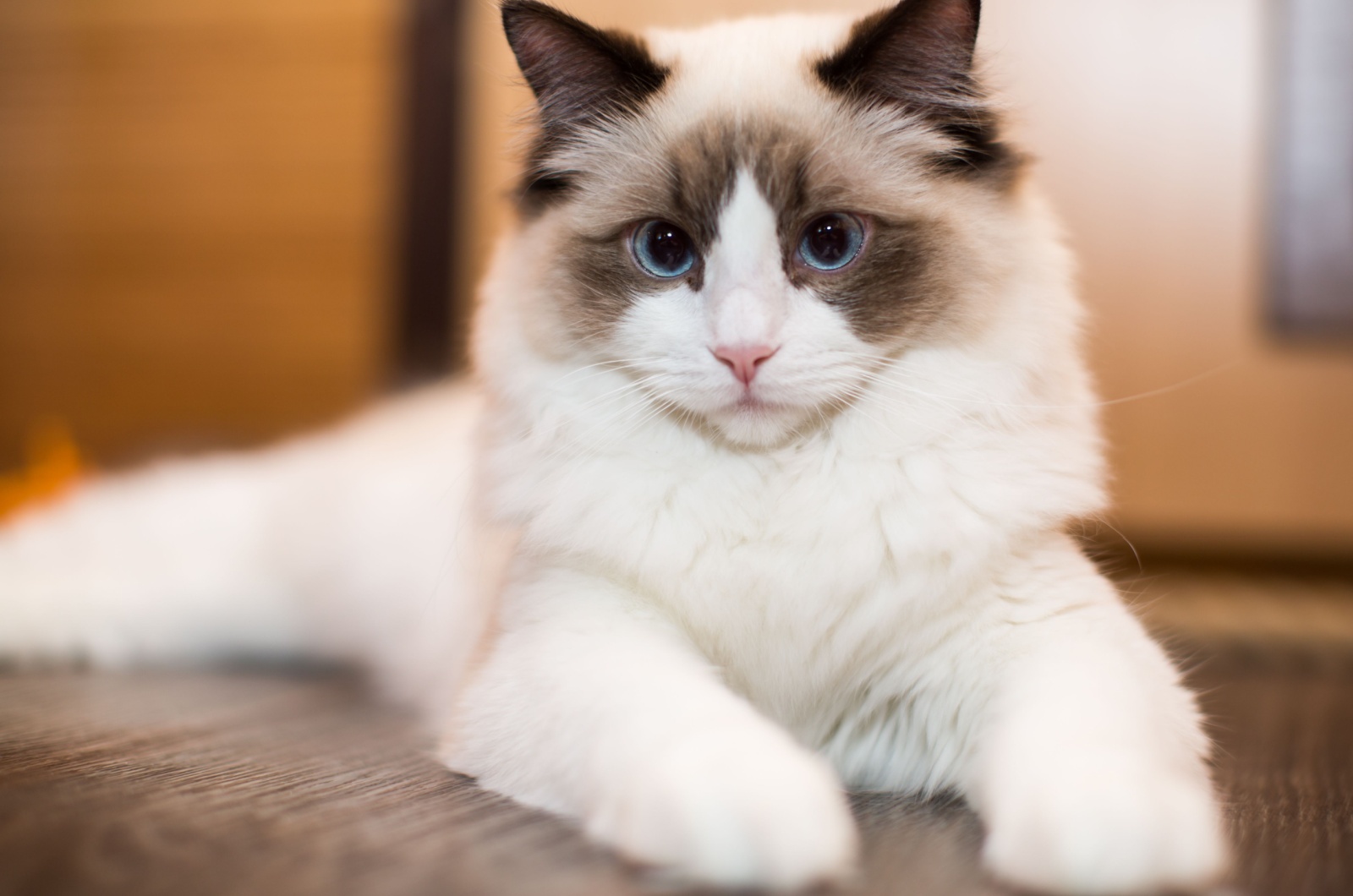
Himalayan cats usually weigh from 7–12 pounds, while some males may weigh a bit more. Adult Himalayan cats are 10–12 inches (25–30cm) tall and they’re considered a medium-sized cat. They might appear as large-sized cats, but that’s because their fur makes them look huge.
This breed is considered as one of the largest cat breeds. An adult female can weigh up to 15 pounds, while males can go as high as 20 pounds (or even more!).
They don’t reach their full size for a couple of years.
They’re usually 9–11 inches tall (23–28cm)
Because of their size and muscular build, they might be confused with Maine Coons.
4. Fur Features
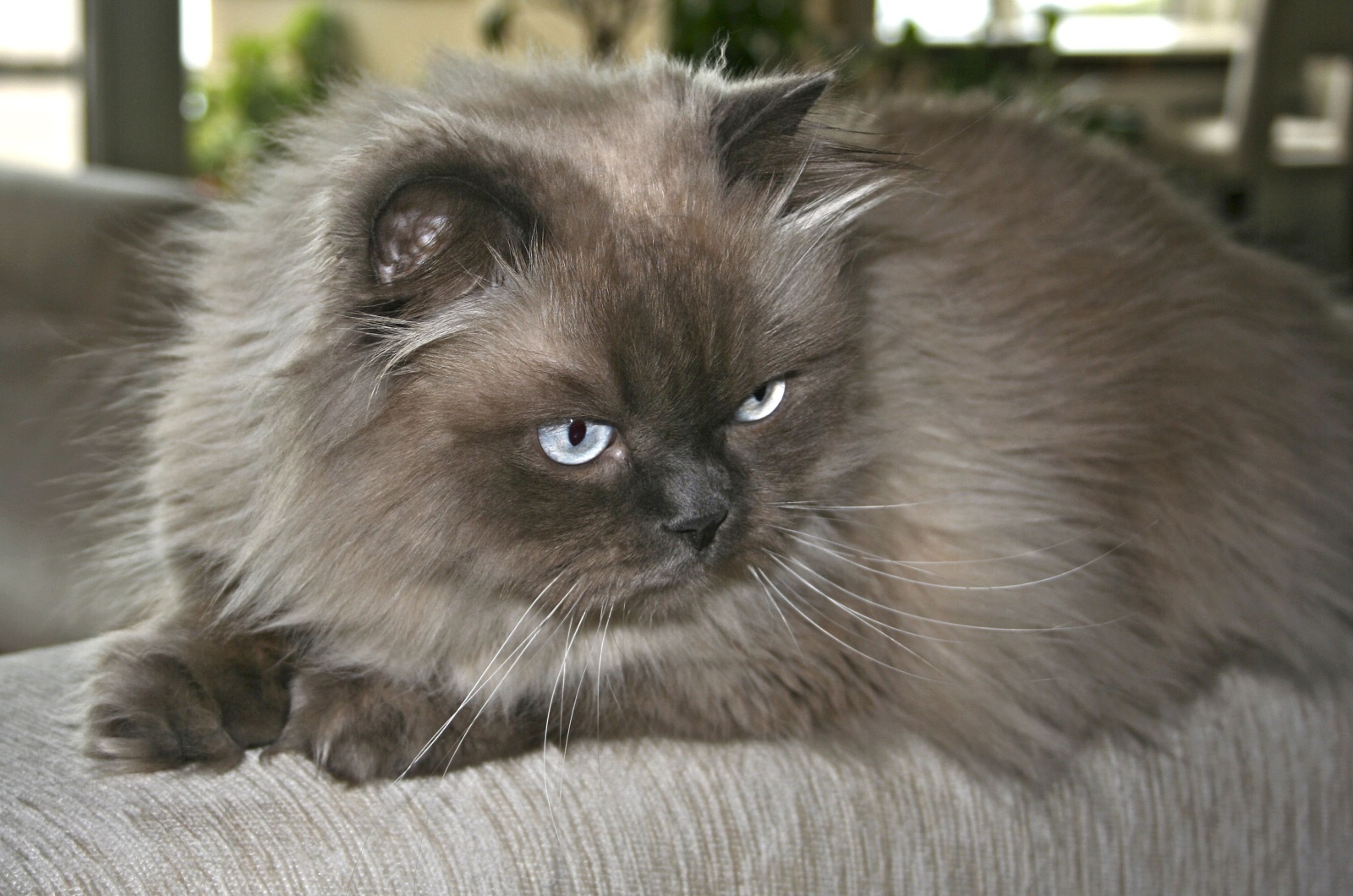
They are longhaired cats and have VERY thick and fluffy fur. Even though they are medium-sized cats, they appear very large because of their fur.
They have a double coat and, due to that and their hair being long, they absolutely need daily fur maintenance.
In contrast, Ragdoll cats do not have a double coat and do not need extra fur–care. Their coat maintenance is minimal, which surely cannot be said for Himalayan cats.
They’re semi-longhaired with beautiful silky and soft fur. Some say this breed has the best fur out of all cat breeds, and many people love them for it.
5. Coat Pattern
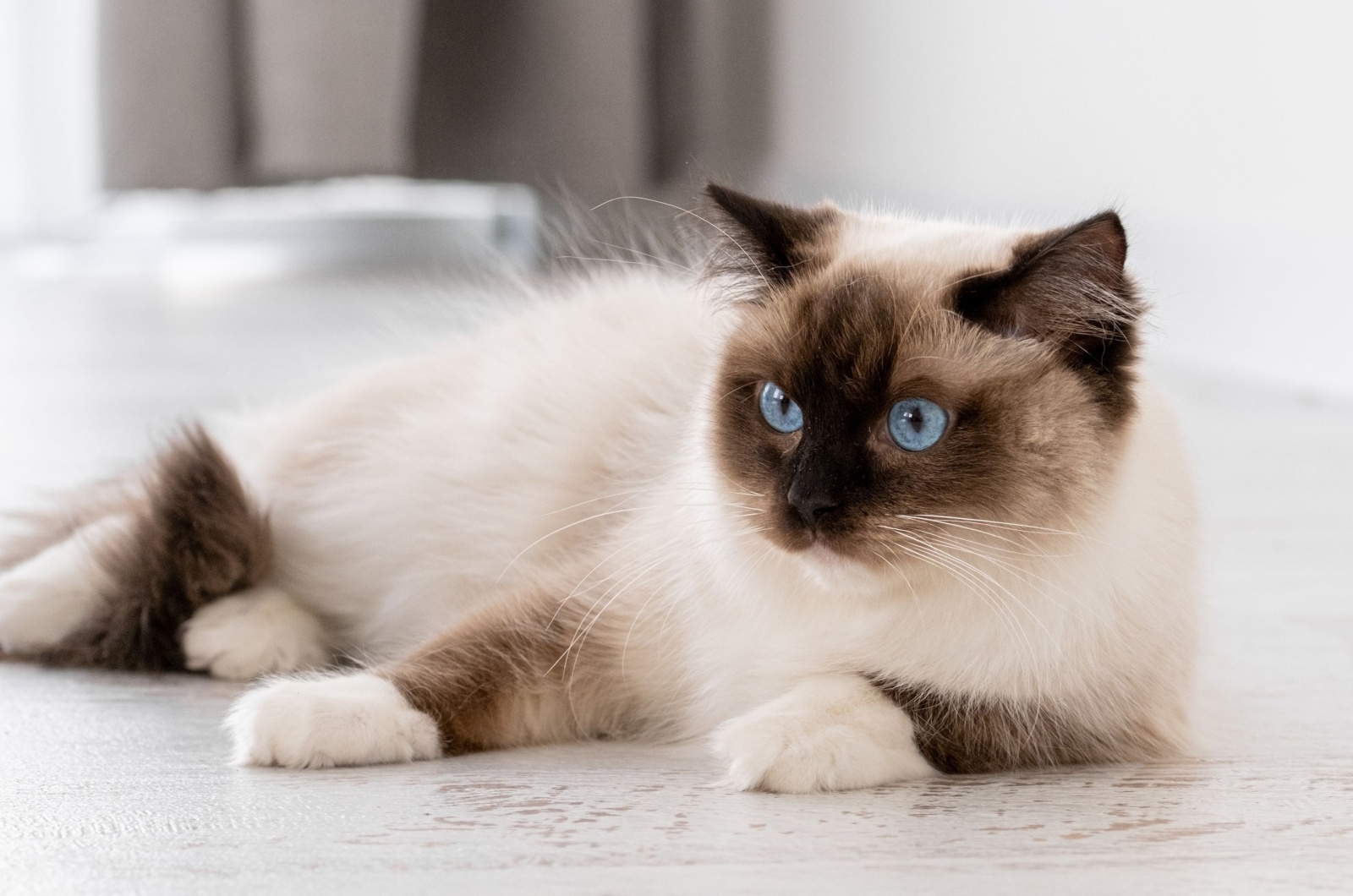
Himalayan cats can come with the following coat patterns:
• Tabby – stripes, spots, random patches of color throughout the coat
• Tortoiseshell – pattern of intertwining black, ginger, and white patches of fur
• Lynx – darker stripes on paws
Ragdolls come in four different patterns:
• Colorpoint – darker fur on paws, tail, ears and face
• Mitted – looks as if the cat’s wearing mittens, clear white patches on the paws
• Bi-color – an “inverted V” white patch of fur on the face
• Lynx – very similar to a tabby pattern, stripe patterns along the body
6. Eyes
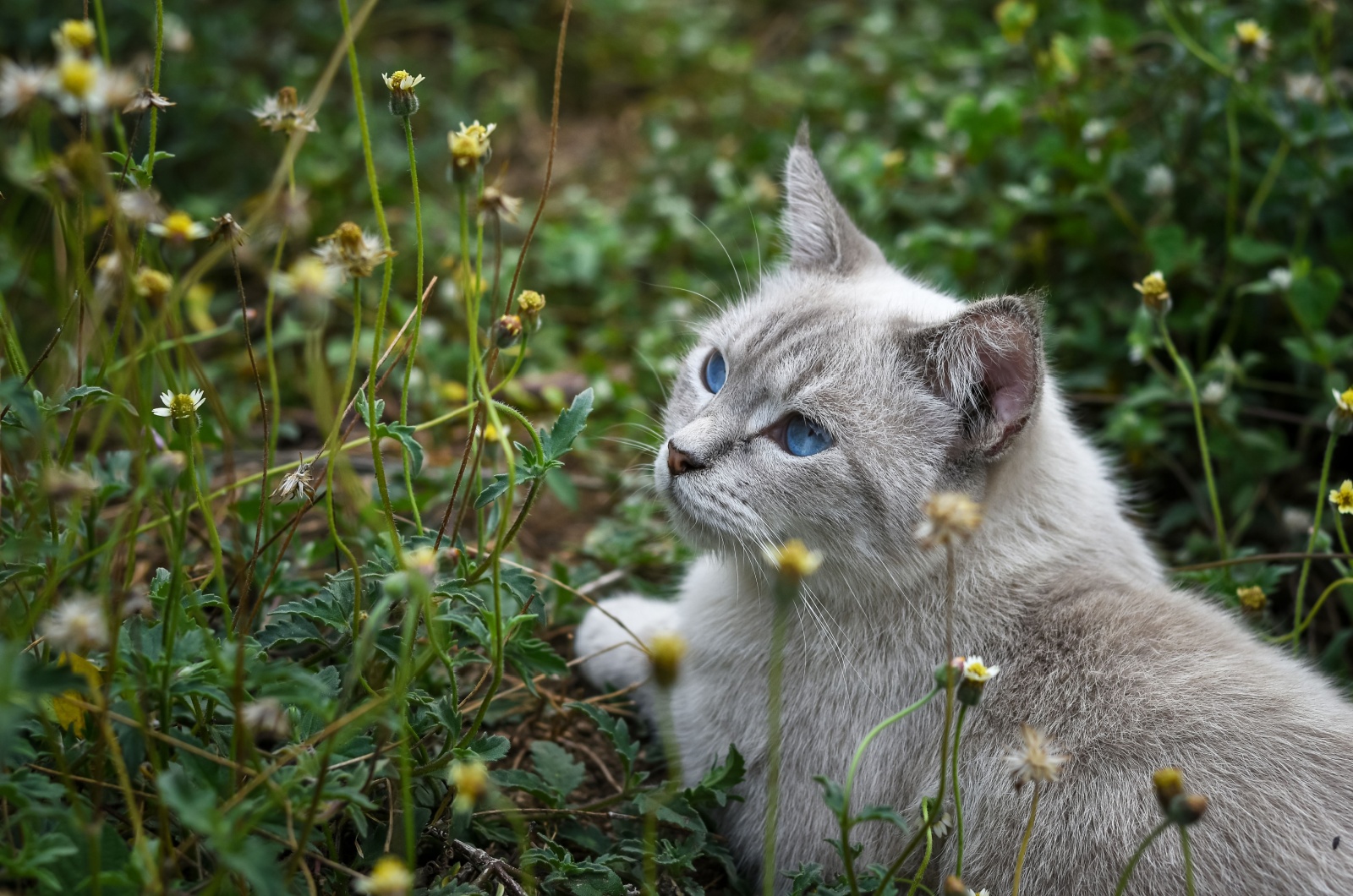
Himalayan cats’ most distinctive feature is their beautiful, piercing–blue eyes. No other eye colors have been noted thus far.
Traditional Ragdoll cats also have bright blue, oval eyes. The color can be any shade from pale blue to dark blue.
Mixed-breed Ragdoll cats don’t necessarily have blue eyes, even though most do.
7. Energy Levels
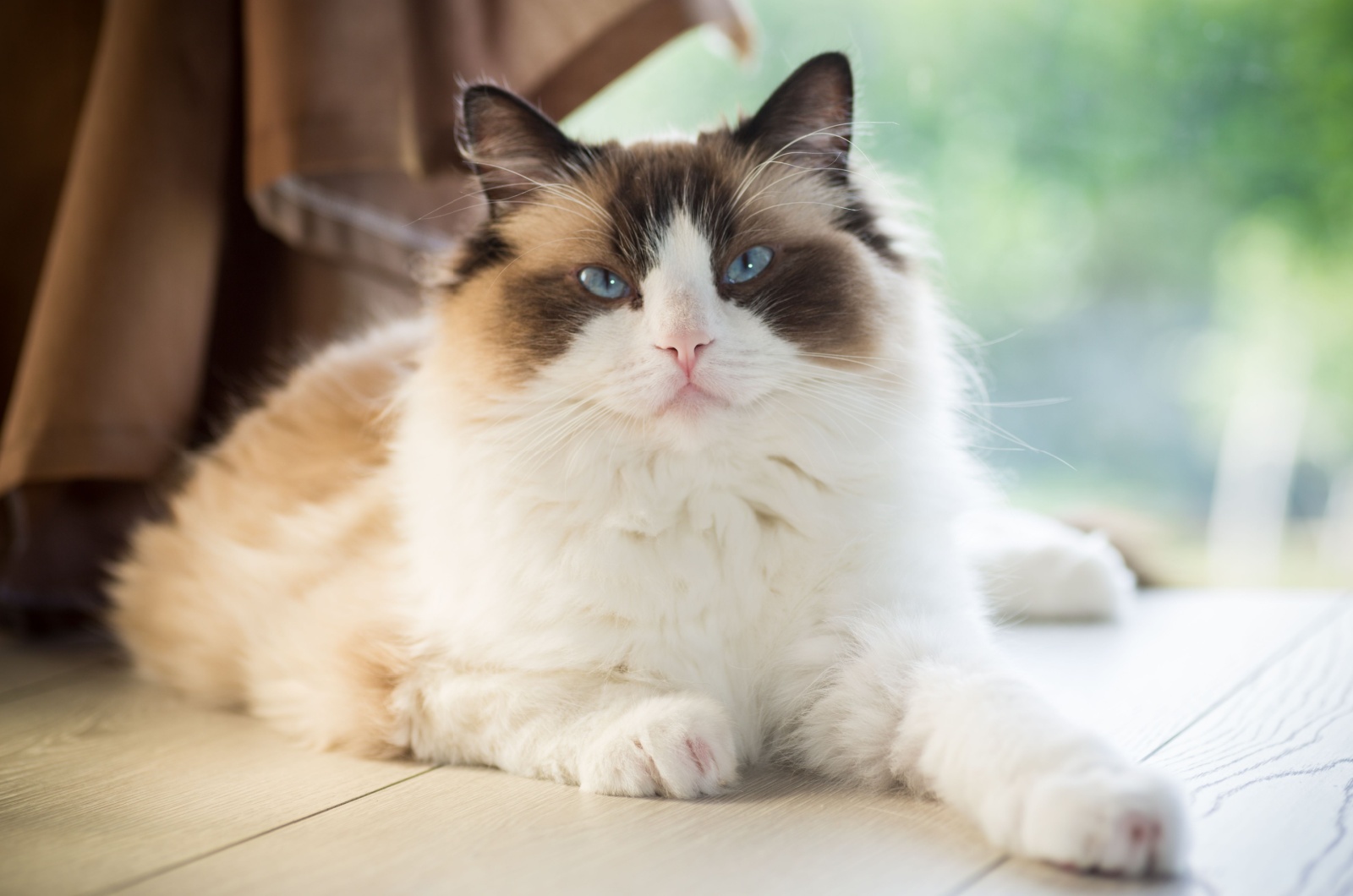
They are very … low-energy cats. They are very calm cats that will not create mess in the house, nor cause any trouble. They will not be couch-bound, but they will simply “take it easy”.
Ragdoll cats, as well as Himalayan cats, are not very energetic. But even if they’re not very active, it does not mean they will lie around and sleep the entire day every day. They still need their playtime and mental stimulation, so do not forget about that!
8. Grooming Needs

Himalayan cats have A LOT of hair. They have a double coat and are longhaired – and that means a lot of daily maintenance is needed.
They need to be bathed every two to three months but brushed daily. Regular maintenance of their fur is crucial in preventing mats and tangles that will appear if they’re not brushed daily. Matting and tangling can be solved only by brushing or combing them through.
On the other hand, Ragdoll cats are not in need of that much maintenance. They do not have a double coat, so their fur is not as thick as that of Himalayan cats.
They need to be brushed a minimum of three times a week and bathed every four to six weeks. That makes them pretty low-maintenance cats, especially compared to Himalayan cats.
9. Shedding

Well, as you might expect, Himalayan cats shed quite a lot and it’s all due to their undercoat. The presence of an undercoat is the cause of excessive and daily shedding.
It’s very noticeable during spring and summer, but there are ways to keep it under control. Daily grooming is a must! It removes loose hair, so you will not find many fur balls around the house
Ragdoll cats also need grooming, but it doesn’t have to be daily. They also shed, but not as much as Himalayan cats.
10. Health Issues
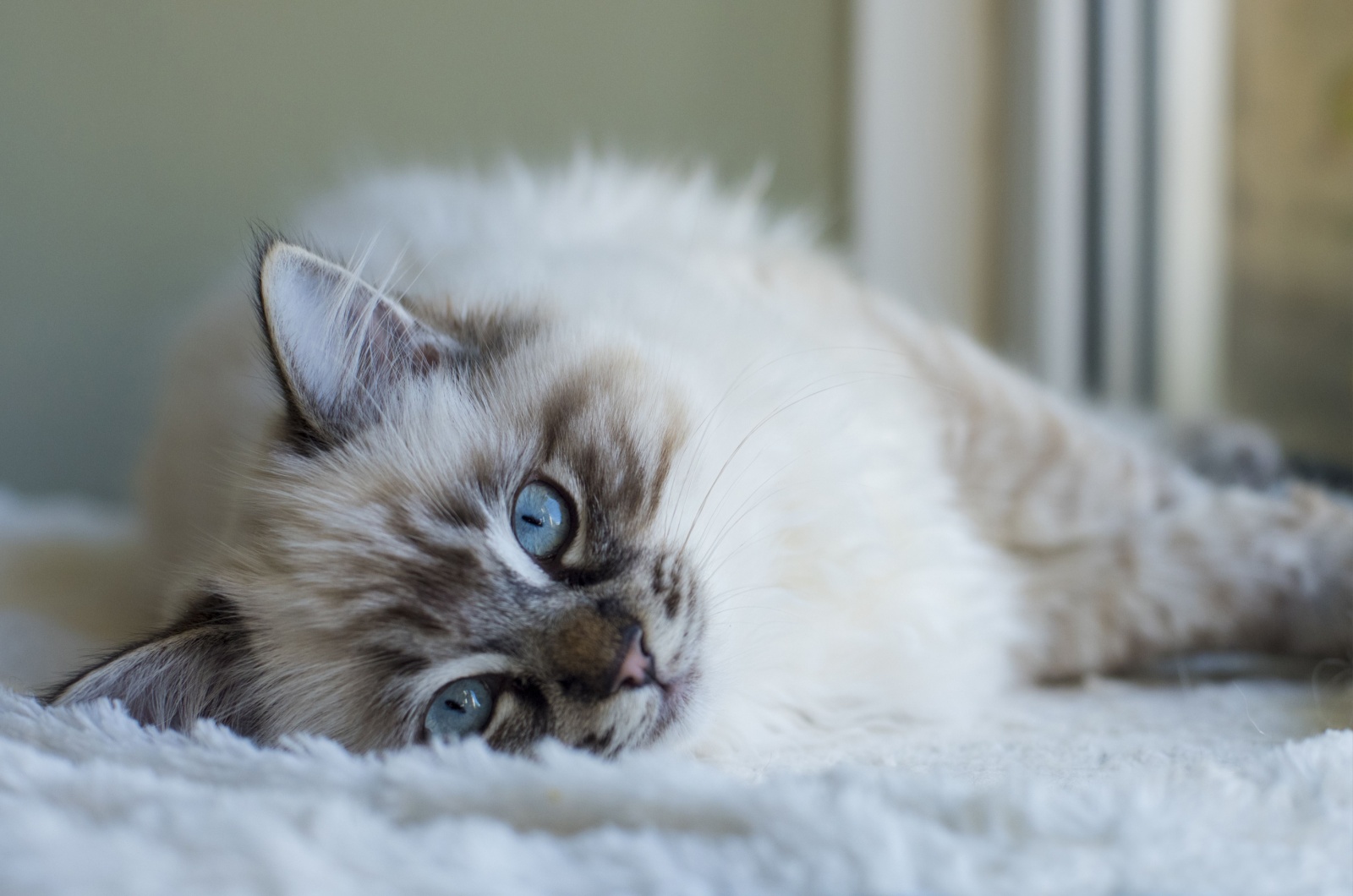
Himalayan cats are known to have respiratory issues due to their facial composition (having a compacted snout), but some other issues are common too.
These are the most common diseases Himalayan cats carry:
• Upper respiratory issues (due to their flat faces) such as difficulty breathing
• Polycystic kidney disease.
• Heart disease
• Feline asthma
• Cherry eye
• Dental issues
Ragdoll cats are relatively healthy cats. They don’t suffer from a lot of diseases. But some are more prevalent than others, such as:
• Polycystic Kidney Disease
• Gum Disease
• Obesity
• Urinary Tract Infections
• Hypertrophic cardiomyopathy
11. Lifespan
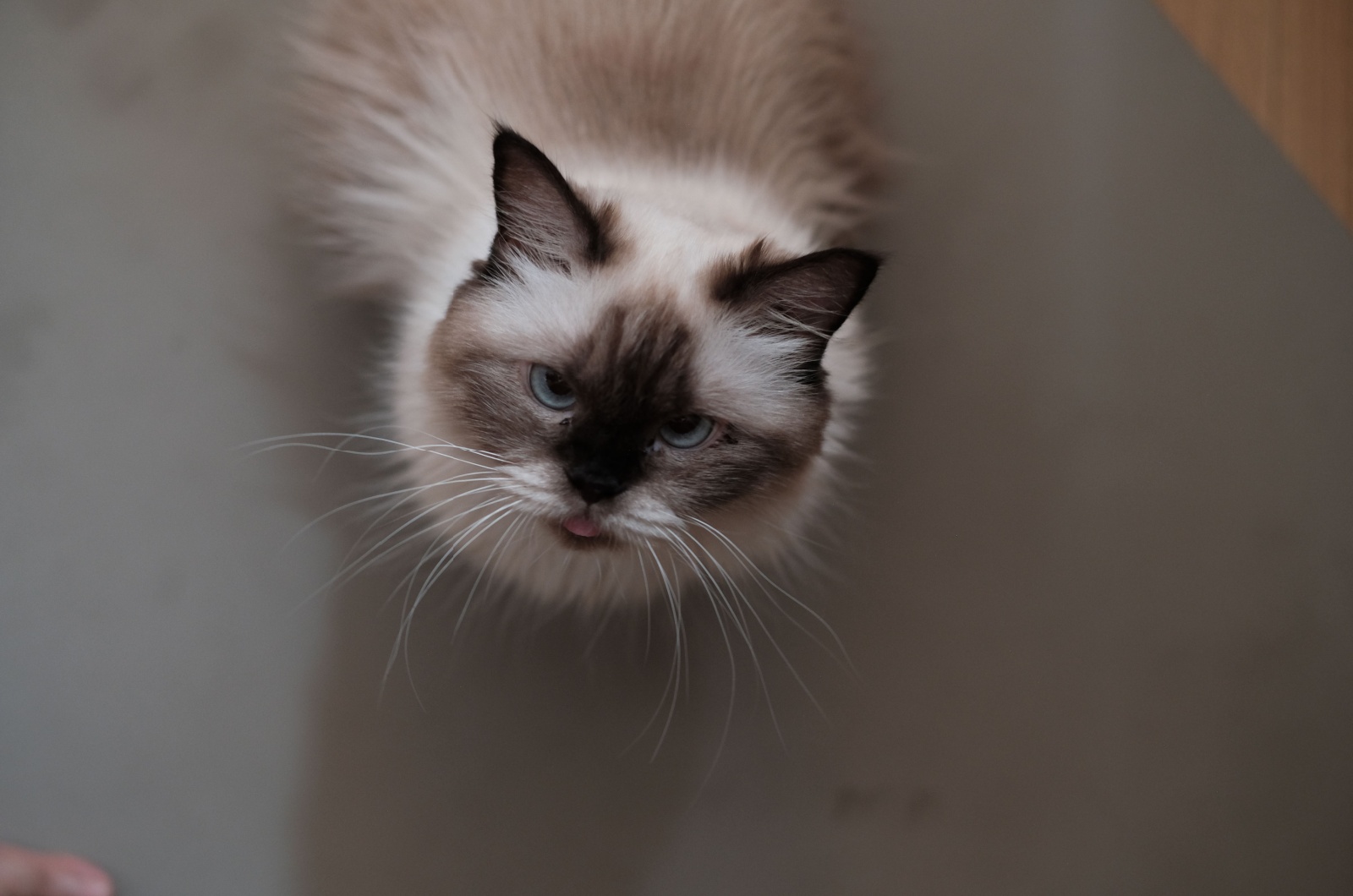
The average lifespan of Himalayan cats is 9–15 years.
Healthy Ragdoll cats can live anywhere from 12–20 years, while some surpass 20 years of age. The average life expectancy is around 15 years.
